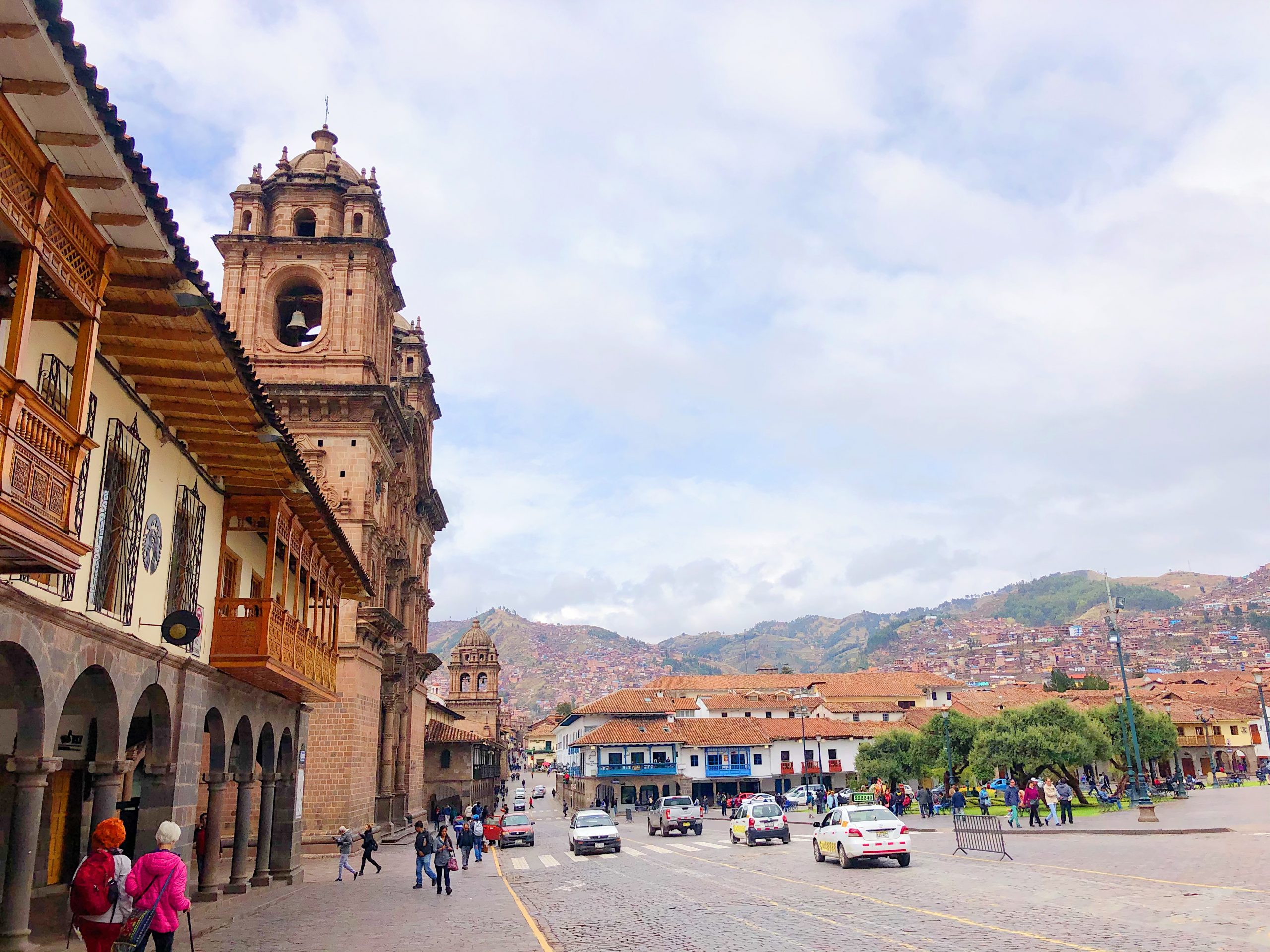
One thing I learned early in my travels is the importance and value of walking tours with local guides when visiting new cities, especially different cities in the same country.
The reason for this is because after a while all the cities start to look the same and unless you are trained to notice specific details of distinction among them, it will feel like well, there’s not much about them that is all that special or unique.
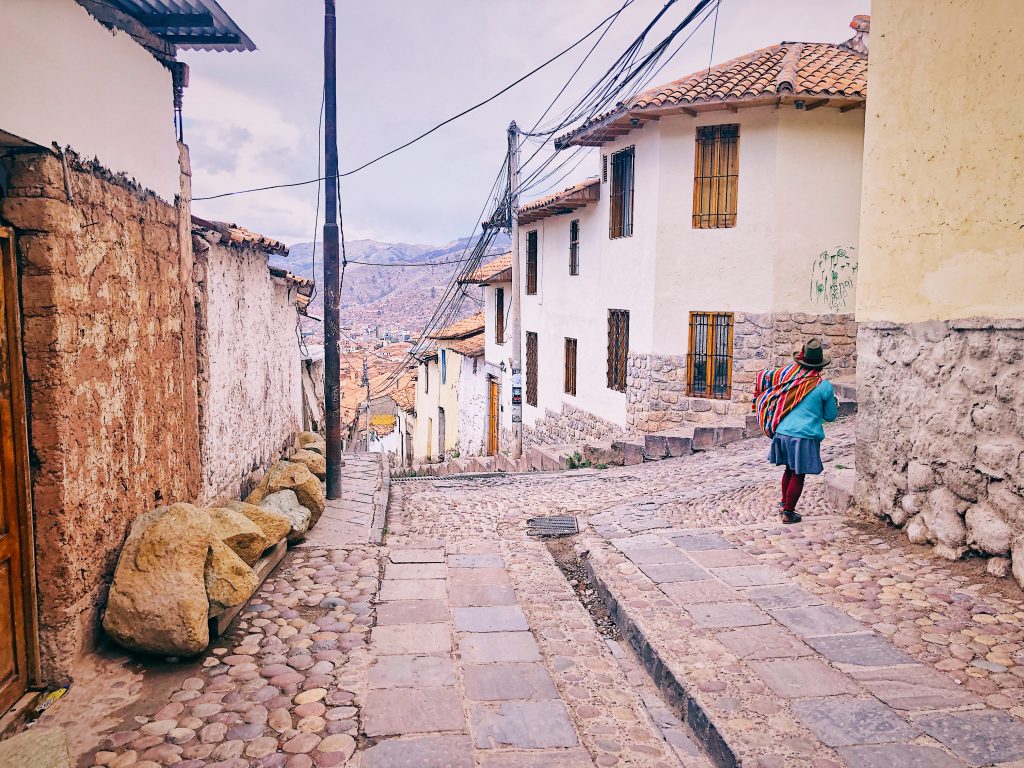
Walking a new city with a local and professionally trained tour guide is the difference between “This is best selfie spot when passing through this town” and “This is the spot where imperial Incas held sacred ceremonies for revered community members and respected generals.”
That’s why on my free day while on my Intrepid Tour in Peru I chose to spend it on a walking tour of Cusco and its surrounding ruins with Urban Adventures, an affiliate tour guide company. I met my guide, Nancy, steps away from the main Plaza de Armas and we immediately bonded over our common language and Latin sisterhood.
I don’t want to give too much of my tour experience away because I really want to encourage visitors to Cusco to try it out for themselves and be just as impressed and surprised as I was. However, here are some highlights:
More than just a market place
We started with a visit to the San Pedro Market, located right in the heart of Cusco. The market is about one block long and 3 blocks wide. You can find almost everything here, from trinkets from local artisans to herbs and roots for natural treatments. An absolute must is a stop at the natural juice section where you can get your fill, without fear of getting sick afterward, of juices made from local fruits and vegetables. It’s a favorite spot for locals and one I enjoyed sitting at and taking in the scenery from.
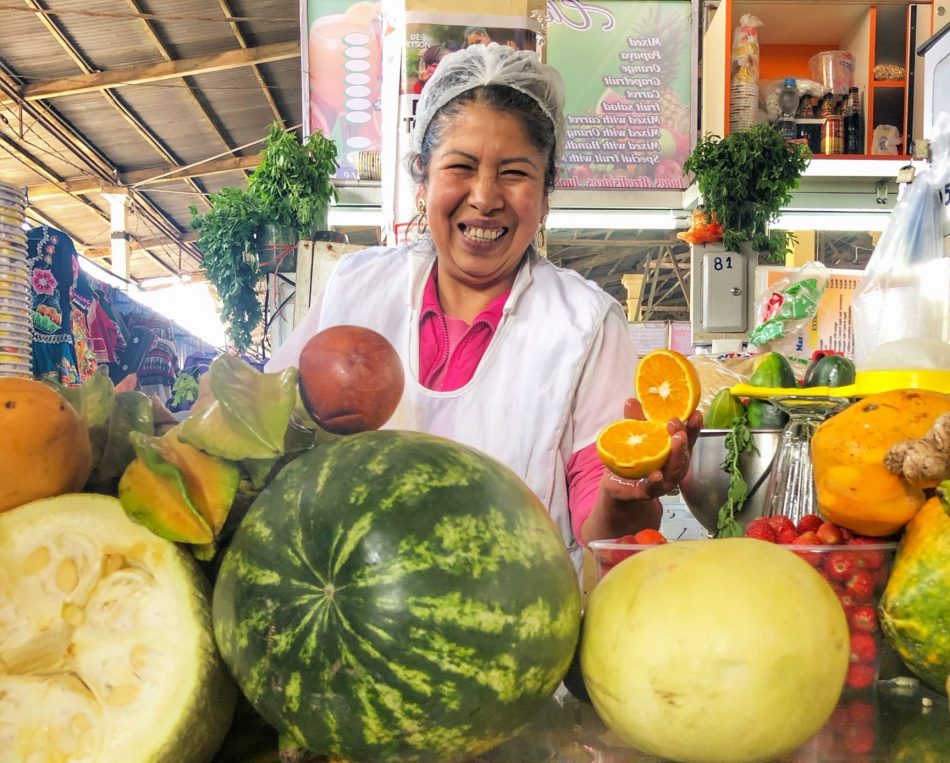
The market was designed by Gustave Eiffel, whom we all know for the Statue of Liberty in NYC and of course, the Eiffel Tower in Paris among many other structures worldwide. Look up and you can see the familiar structural signature of this famed architect.
The history is in the details
The architectural style of Cusco is described as Colonial. You will hear a lot of talk about the Spaniard’s influence and dominance over this Peruvian city. However, with the help of a local guide, I was able to really notice the details and realized that in truth what has allowed this city and its beautiful architecture to remain standing even through the many earthquakes, is the Inca structures that serve as its foundation.
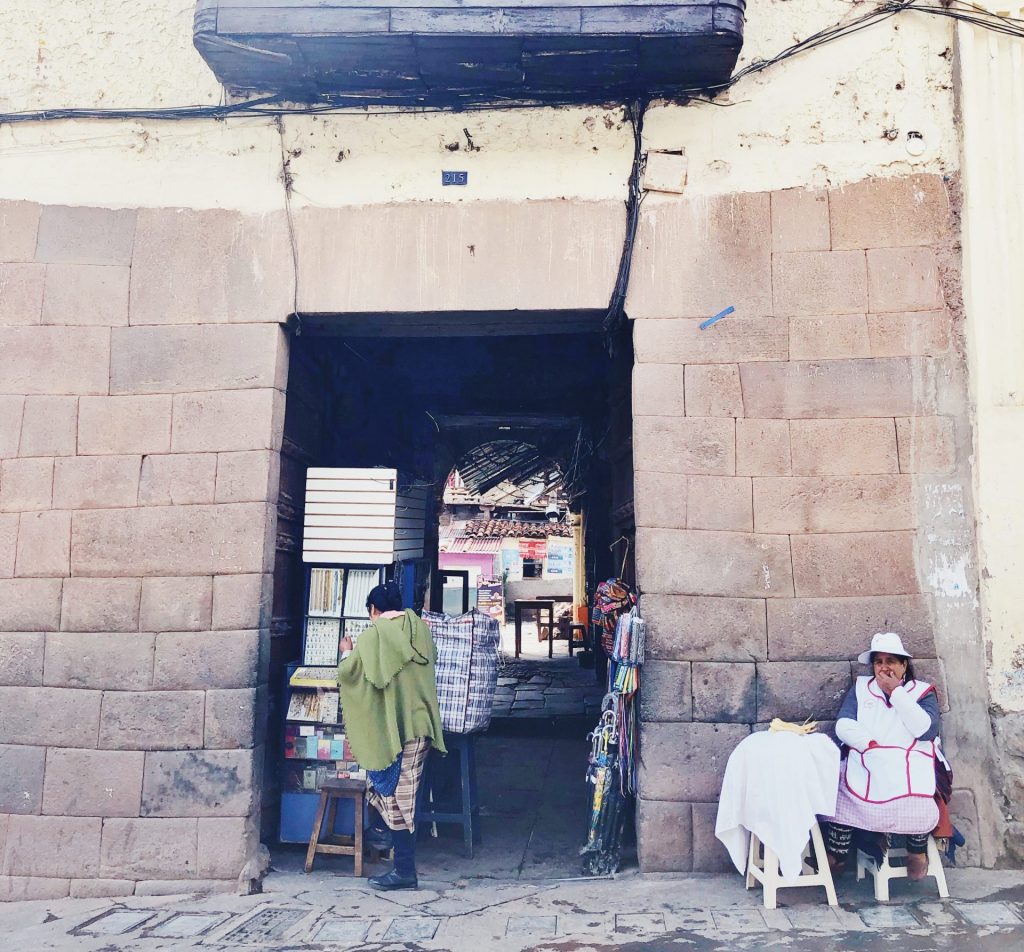
Cusco was a thriving Inca empire and the Incas were master masonry, having long discovered engineering techniques that allowed for their city to suffer minimal damage when disaster hit – a skill that conquistadores did not have. Though the Spaniards and Catholic church went through great trouble to erase the symbolisms and markings that defined much of the Inca’s beliefs and forms of communication, much more of it remained because they were engraved in the stones that hold the city together, and which the Spaniards greatly depended on to survive.
Don’t just go to the ruins, learn from them
As I walked along the ruins of Sacsayhuaman I heard tourists talk about what they were seeing with guesses. “Maybe this was a house or something?” “I’m sure, but it looks like this spot would have been special.” To be fair, no one can really know all there is to know about these sites but with a guide at least you walk away a bit more educated than when you started.
I learned that the Incas laid out the city of Cusco to form the body of a puma, which to them is a sacred animal and symbol. It represents strength, wisdom, and intelligence but also the spirit that walks in the world of the living. Sacsayhuaman was its head. It served as a ceremonial site, though during the Spaniard invasion it also served as a fortress. As expansive as the site is today, it is only 40% of what it once was.
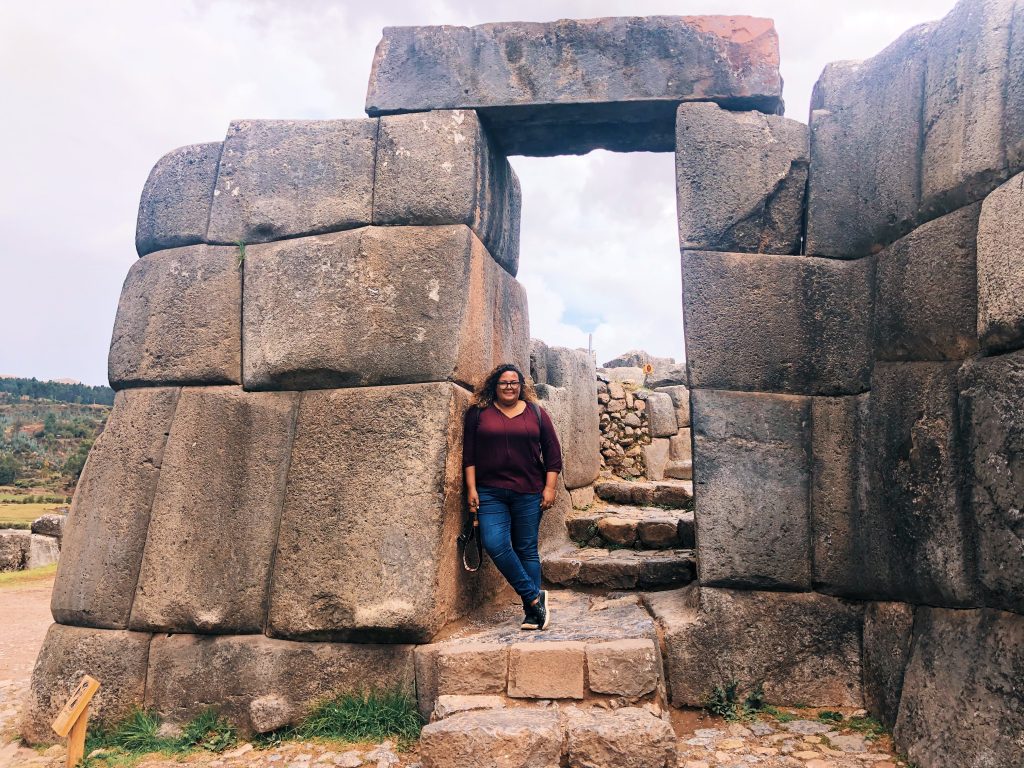
The ruins of Qenqo, which means labyrinth in Quechua, is also only a skeleton of what it once was after the Spaniards destroyed most of it. Yet, go deeper into its walls and tunnels and you get a glimpse of the past. This was a site for sacrifice and also preparation of the dead on their next journey. Locals still come here to celebrate the winter solstice and honor the Sun God.
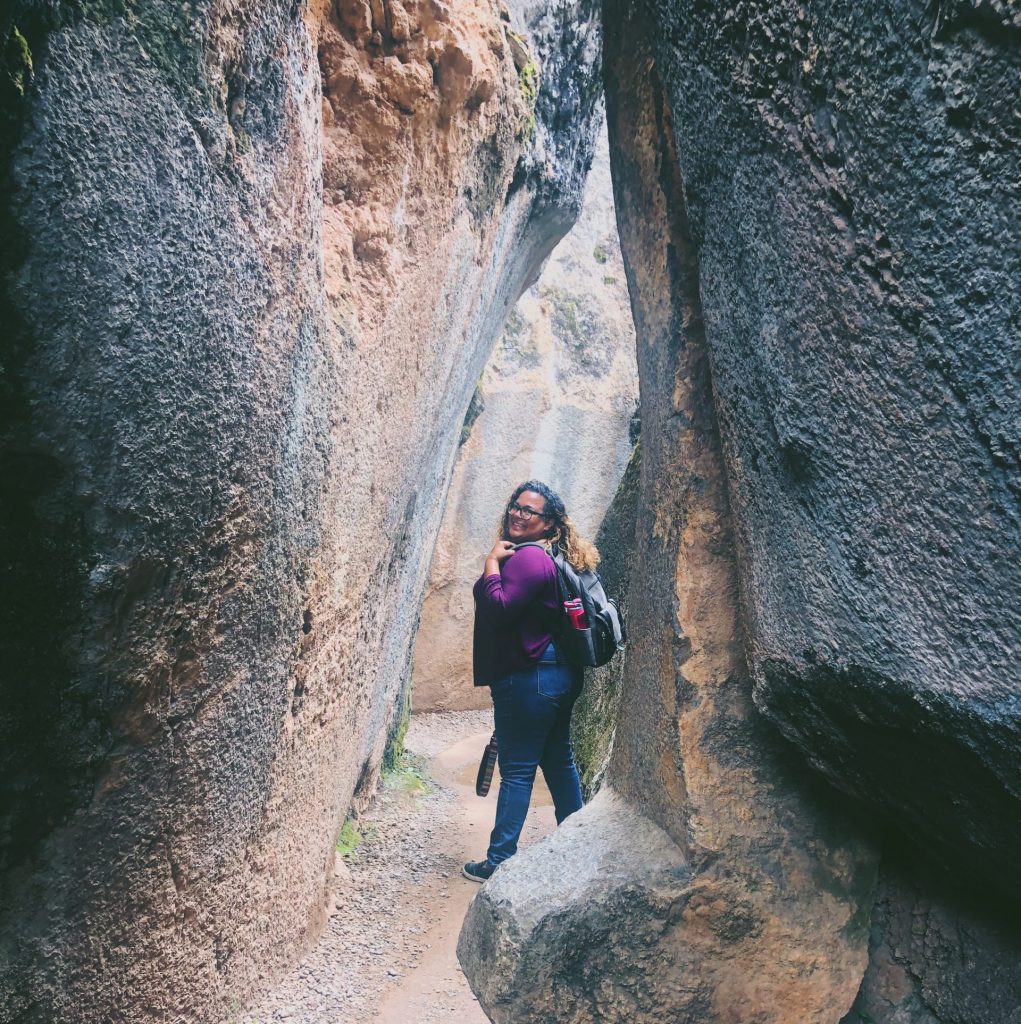
There are so many details and historical facts that I learned from this tour, information that not only further endeared me to the Peruvian people but made me aware of how closely they hold their customs and traditions despite centuries of colonialism and invasion.
Though we took a car to drive up to the ruins and conservation areas in the hills overlooking Cusco, most people walk and hike up. Our walking tour ended with a hike down the narrow, hilly, winding cobble streets of the city. I had spent a few days in Cusco already but it was by walking beyond the boundaries of my hotel and learning from the local narrative and perspective that I really felt I got to connect with it and make the most of my experience there.
Traveler’s Details
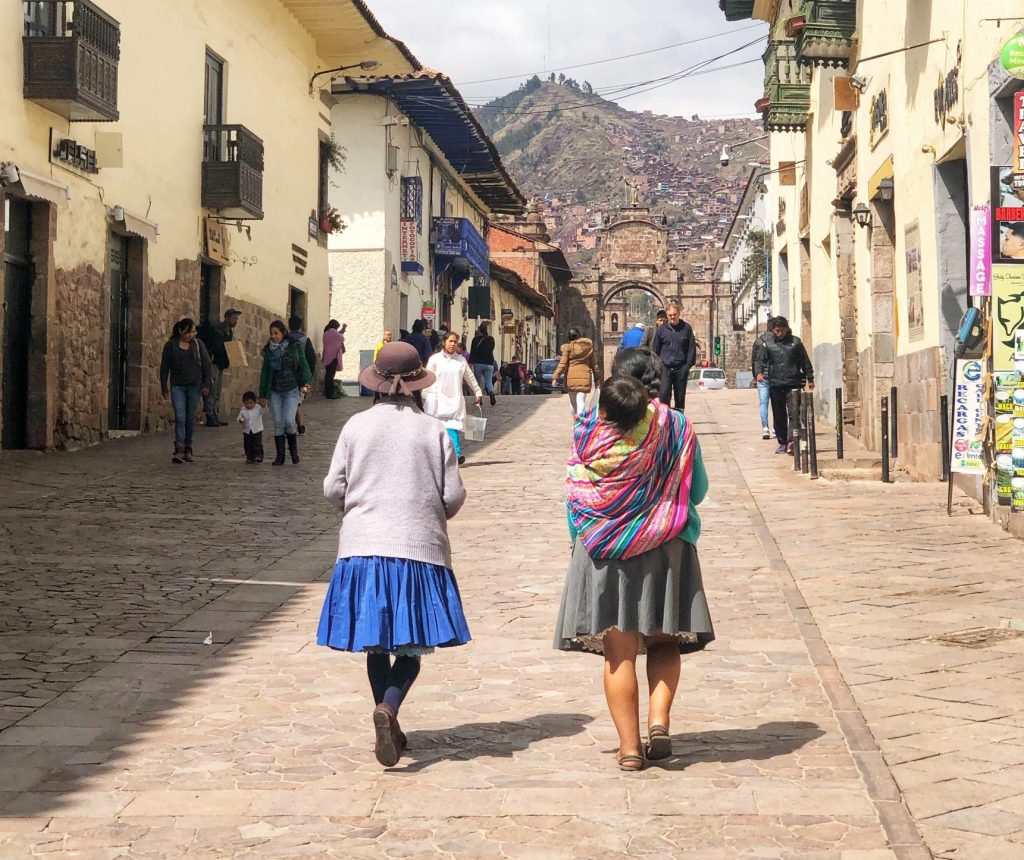
Where to Eat – Pollerias are rotisserie chicken spots that are really popular all over Peru. The dishes consist of a half rotisserie chicken with fries. Nothing fancy, but quick, inexpensive, and delicious. In Cusco, the place to try it is Los Toldos. Pachapapa specializes in Andean cuisine, including a local delicacy – the roasted guinea pig.
Where to Stay – There are a lot of really nice hotels in Cusco. Most of them are in what were wealthy Spaniard residences and have lavish courtyards and airy rooms that quietly separate you from the bustling noise of Cusco city at night. I stayed in Inkarri Cusco and loved my room and the morning breakfast they served. They also have a bar inhouse.
What to Do – Go to the Choco Museo and do a chocolate workshop and tasting. Museo de Arte Precolombino is the only museum in Peru dedicated to ancient Peruvian art, and the Inca Museum was interesting and gave further insight into the Incas.
I recommend taking a day to just relax. Cusco is 11, 152 feet above sea level and you will definitely feel it for the first couple of days. Drink lots of water and take it slow. Do not plan big excursions without giving yourself time to acclimate.
Once rested, there is so much to do near Cusco. Some of the local activities you can definitely do on your own. Most others you can experience through a tour with Intrepid Travel, or on a walking tour with Urban Adventures. I recommend a combination of all and promise that you will leave Peru feeling more enriched than if you just passed through it.
You can see more of my Peru travels on my Instagram, @GirlGoneTravel, and through my Peru InstaStories album.
All photography is the property of the publisher and may not be used without consent. All opinions are my own.


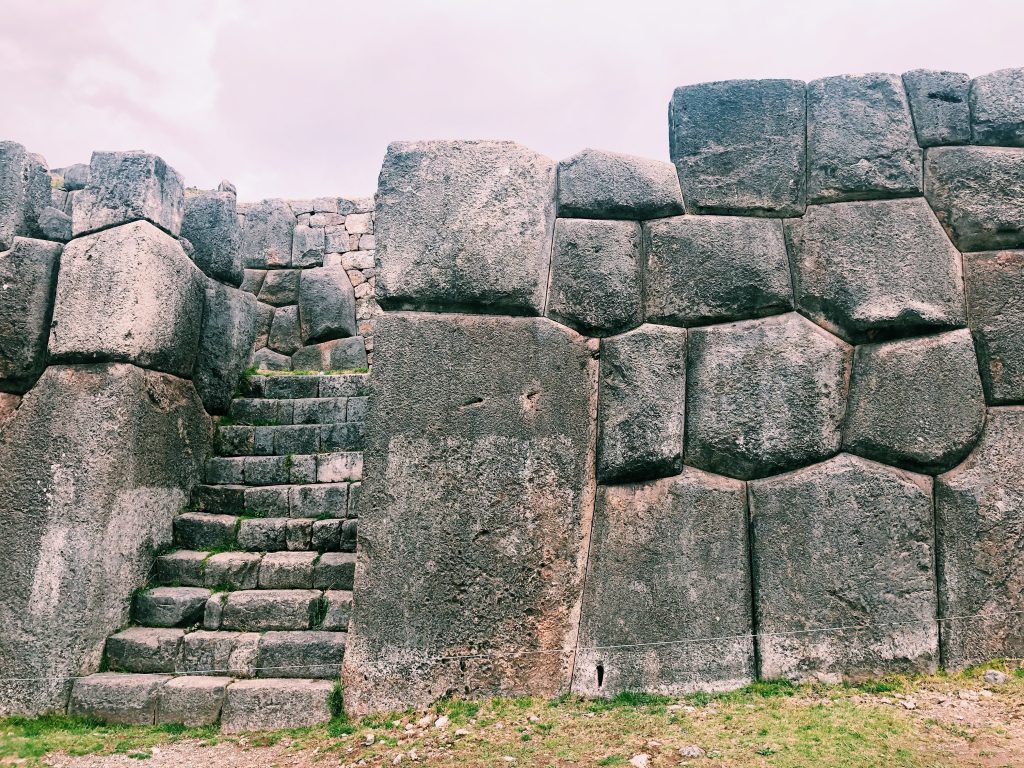
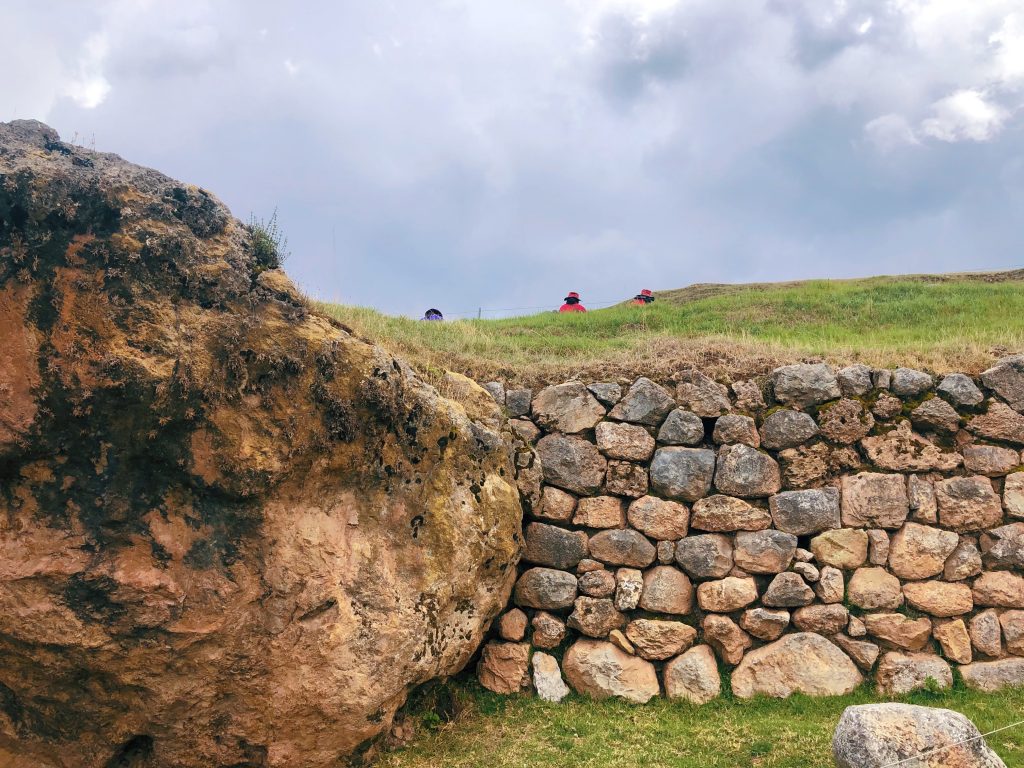
John Rodgers
We are heading for South America. Peru is definitely going to be a part of it. Thanks for the images.
caincarol
John RodgersThanks for reading and have so much fun!
Keith
Lovely post about Cusco, really enjoyed the fact that you covered local places too. My wife and I especially like to incorporate such spots during our travels. Love the pics too!
caincarol
KeithThank you!
Blanca
Lovely post with beautiful pictures. We were planning a trip to Peru for next June but it’s on standby. Hopefully everything gets back to normal really soon and we can discover this amazing country. Stay safe!
caincarol
BlancaThank you! I hope you are able to make it when this is all over. The people are great and it\’s such a beautiful, diverse country. Stay safe and may your travel dreams come true soon!
Ana Paula
Hello
I was researching our next destinations and I loved finding so many tips about Cusco here. We really want to see Peru soon.
caincarol
I hope you get there soon! You will love it!
myline
Cusco’s designation as the gateway to the beautiful Sacred Valley and Machu Picchu simply further underscores its enduring popularity.
caincarol
mylineAbsolutely!